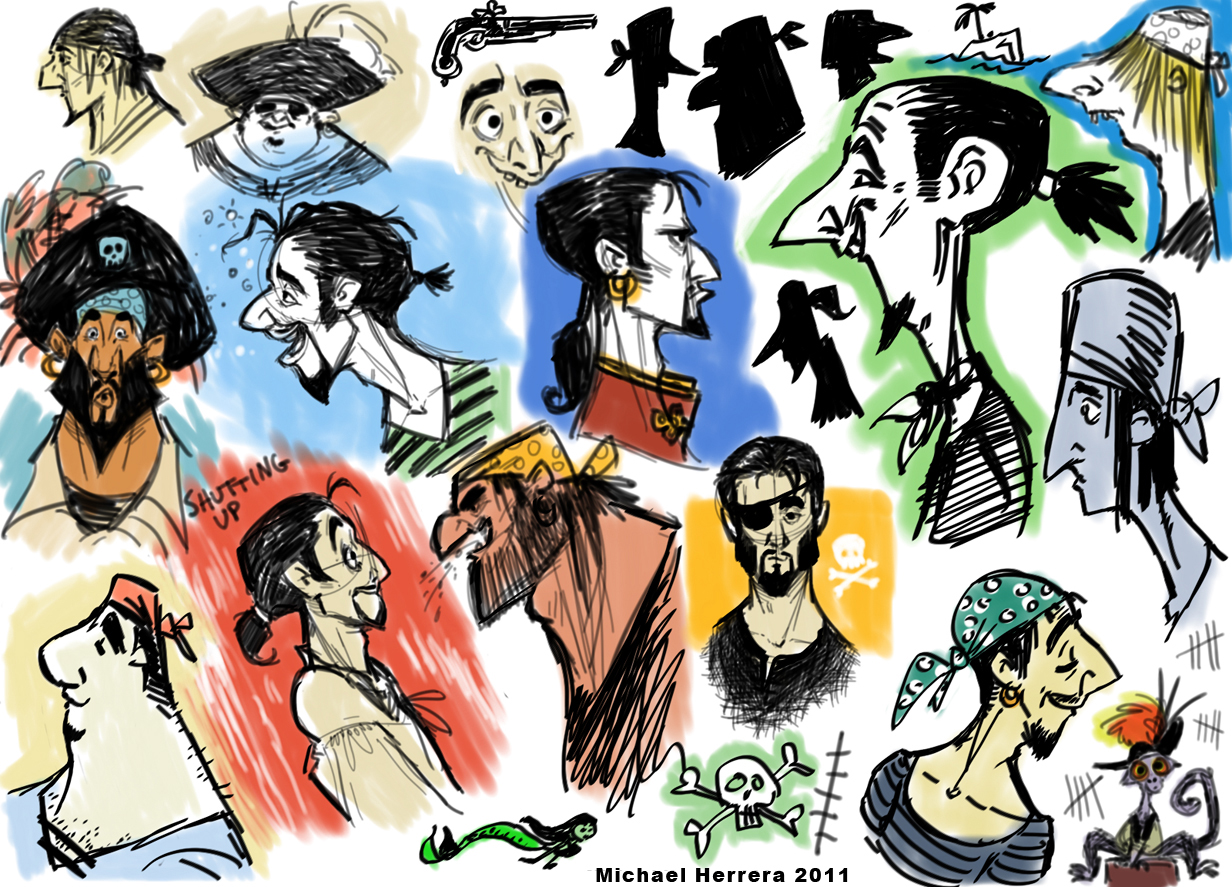


This makes it a powerful enough app that people can get real use from it, and many may want to stick with the lite version, but limited enough that more serious users will all want to upgrade to the full version. Instead I simply set a limit of 3 layers available to the user. I thought about doing the same limitation as Sketchbook Express, but having a flattened image on save would hurt people who start working on an image in Inkist Lite and want to finish it when they upgrade to Inkist. That seems to me to be a good way to do things, give people a good taste of the abilities of the program but with enough limitation that people will want to upgrade. Sketchbook Express is a free version of Sketchbook which flattens the images when they’re saved (there are probably other limitations, but that’s the only one I’m aware of). So I decided to go in a different route, by which I mean “shamelessly copy from Autodesk’s strategy with Sketchbook”. I like going through the app store, though, and demo versions don’t work for that. My first thought was a demo version, something that expired after 30 days you could get from the Inkist website. I did have a big banner feature which helped, but not enough. Of course, it turns out there are fewer mouths to spread the word when people have to pay $9.99 to get the app. I set the price where I wanted it to stay, and simply released it hoping again that word of mouth would spread it. Inkist’s launch was a very different story. The reason I launched it as a free app wasn’t business savvy (though in hindsight I’m glad I did), it was simply that I had developed Filterstorm without access to an iPad and I didn’t trust it to run properly — and at first it didn’t. It was a free app at the time of iPad launch, and thanks to an early staff favorites feature, it hit number 11 on the free apps sales chart.


 0 kommentar(er)
0 kommentar(er)
